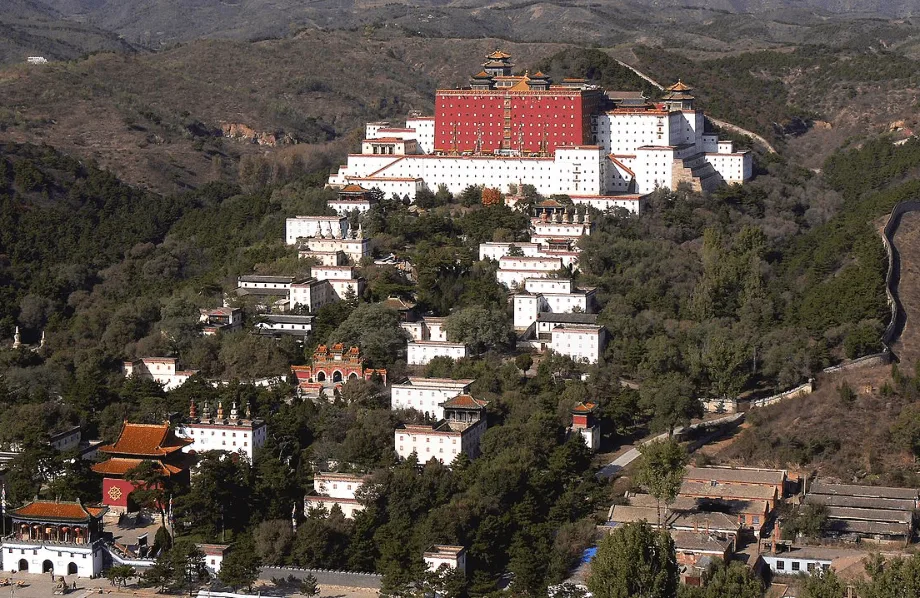It’s one of the most majestic palaces in the world located in an incredible position.
In this post, you’ll discover our top list with facts about Potala Palace, one of Asia’s most amazing attractions.
1. It’s located in Tibet
The Potala Palace is located in the city of Lhasa in the mountainous Autonomous Region of Tibet. It’s considered to be a “Dzong fortress,” a typical architectural style found in Tibet and Bhutan.
This style is characterized by its massive nature with huge exterior walls surrounded by numerous courtyards and multiple other buildings. This becomes clear when you take a look at the immense Potala Palace.
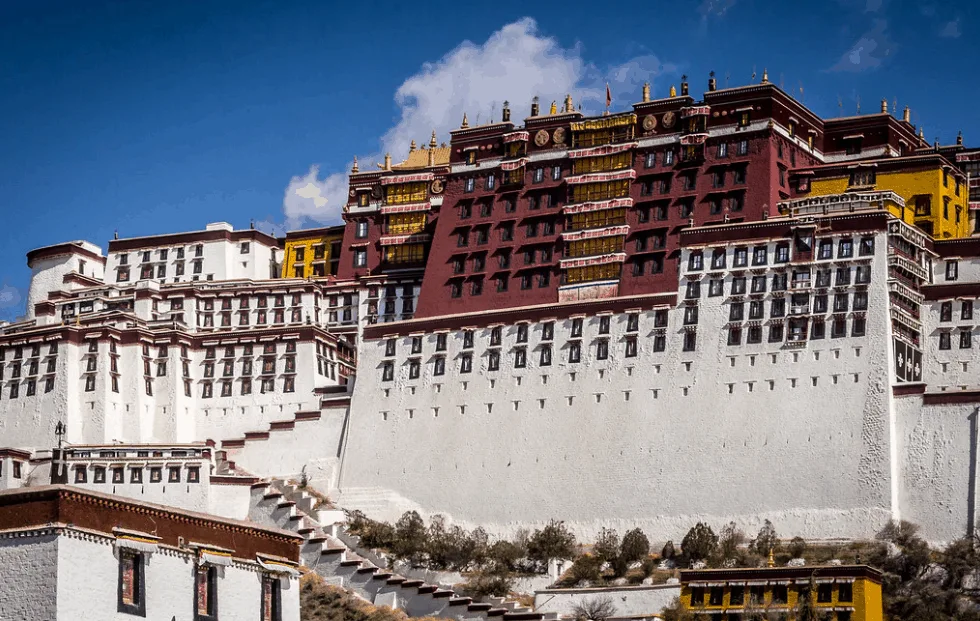
2. It was built by the 5th Dalai Lama
Construction of the palace started in the year 1645. The 5th Dalai Lama named Lozang Gyatso, the spiritual leader of Tibetan Buddhism decided to build the palace because of its unique location.
His spiritual advisor, Konchog Chophel, had pointed out that this location would be perfect as a seat of government as it is located right between the Drepung and Sera monasteries and the city of Lhasa.

3. There used to be another palace on its location
The fact that it is located in this favorable position wasn’t the only reason the palace was constructed here. There actually used to be another palace located on the site which was built by Songtsen Gampo (569-649), the 33rd Tibetan King, and the founder of the Tibetan Empire.
There are two parts of the old palace that have remained and are located in the northwest corner, and one includes the meditation cave of Songtsen Gampo.
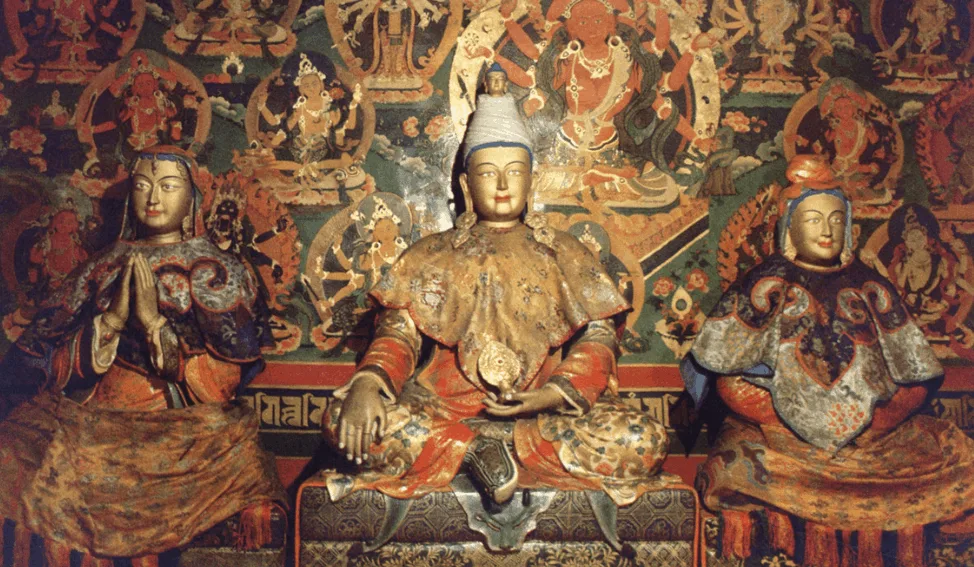
4. It’s an amazingly strong building
The palace is located at an altitude of 3,700 meters (12,100 feet) on a hill located in the Lhasa valley called the “Ri Marpo” (Red Mountain). The building is massive as it rises 117 meters (384 feet) on top of this hill and 300 meters (980 feet) above the base of the valley.

Therefore, the building was specially made strong to be able to sustain the danger of earthquakes. The foundation walls are 5 meters (16 feet) thick at their base, 3 meters (9.8 feet) thick on average, and copper was poured into the foundation to make it stronger.

5. It took 48 years to complete the entire palace
As you might have expected, this massive palace wasn’t built in a couple of months, it took many years to complete. While the main structure only took about 3 years to complete, the interior and furnishing took a grand total of 45 years!
This means that the palace was only completed in the year 1694, which was 12 years after the death of the 5th Dalai Lama who didn’t live to see the palace he commissioned to be completed.
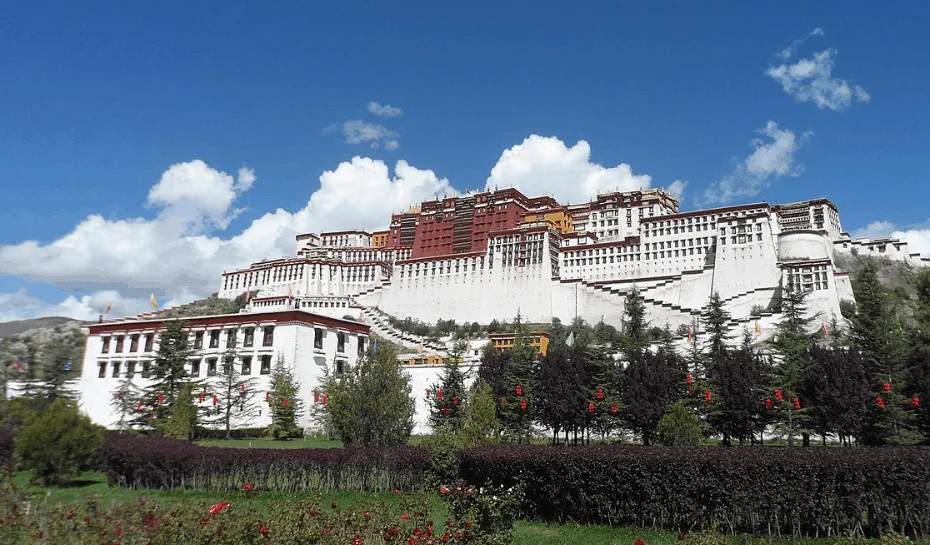
6. It was used as the winter palace of the Dalai Lamas
Even though the palace wasn’t completed until the year 1694, the 5th Dalai Lama had moved into the Potrang Karpo (White Palace) as early as 1649. The white palace is the core structure at the bottom. The Potrang Marpo (Red Palace), located on top of the building, was only added between 1690 and 1694.
Ever since its completion, the Potala Palace was used as the winter palace of the Dalai Lamas, all the way to the year 1959, the year of the Tibetan uprising against the Chinese.
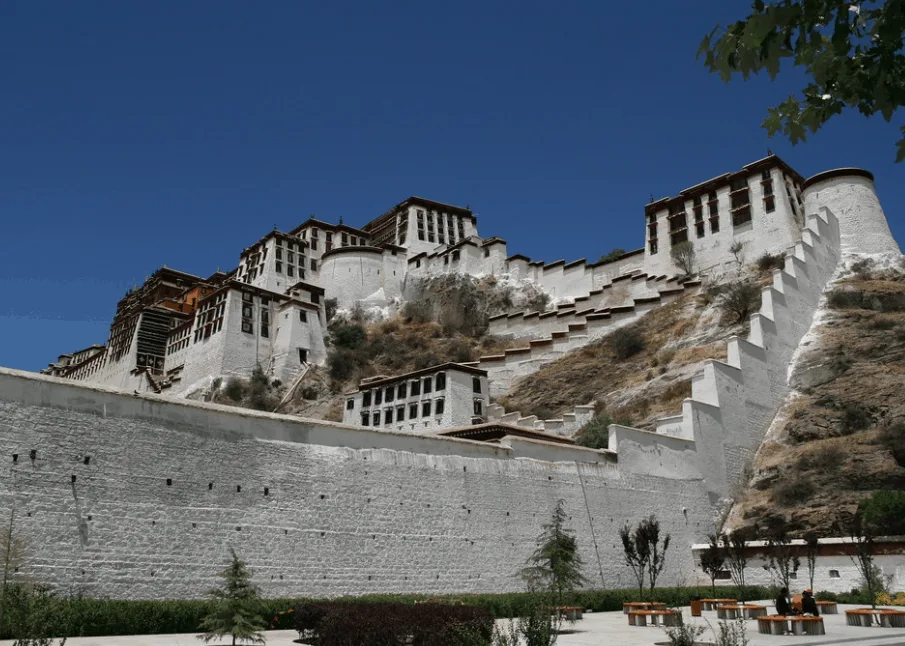
7. Locals don’t refer to it as “Potala Palace”
The palace was named after a sacred mountain named Mount Potalaka, a hill on Cape Comorin at the southern tip of India. This peak is sacred to the bodhisattva of compassion named Avalokitesvara, or Chenrezi.
One of the most fascinating facts about Potala Palace is that when locals refer to the palace they don’t say “The Potala Palace” but rather simply refer to this peak and call it “Peak Potala” (Tse Potala) or just “The Peak.“
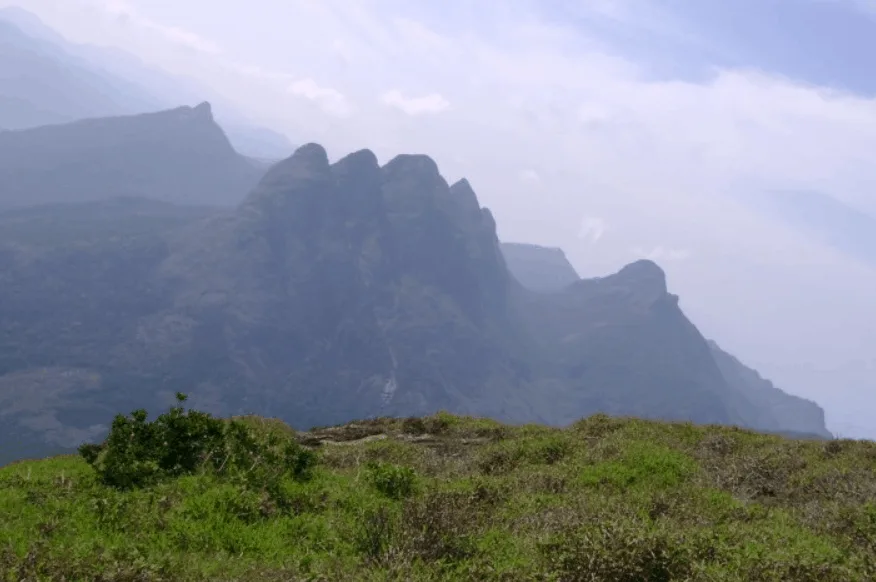
8. Almost $30 million USD was spent on restorations
During the Tibetan uprising against the Chinese in 1959, it’s claimed that Chinese shells damaged the palace severely. It’s believed though that the 10,000 shrines and about 200,000 statues located in the more than 1,000 rooms of the palace weren’t damaged.
Regardless, the palace has been subject to 2 massive renovations projects, one between 1989 and 1994 which cost about $6.875 million USD, and one that started in 2002 which cost about USD 22.5 million.
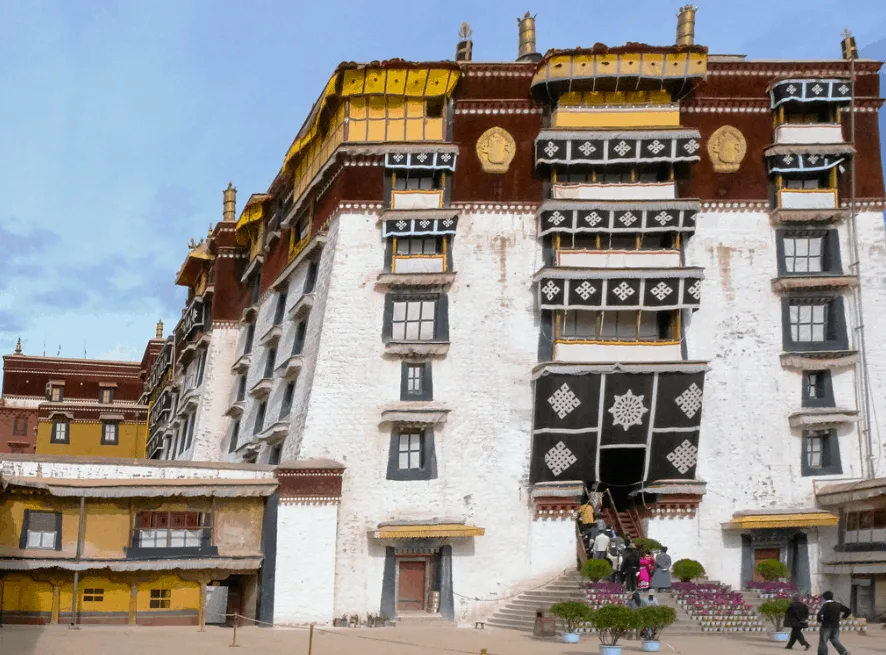
9. Tall buildings in the area of the palace are banned
Only traditional materials and craftsmanship were used to preserve the palace’s unique appearance during the renovation projects.
To preserve the unique atmosphere around the palace as well, a ban has been imposed to construct buildings taller than 21 meters. This will ensure we won’t see any skyscrapers towering over the palace any time soon, if ever!

10. Potala Palace is a way too popular tourist destination
Potala Palace is one of the most popular tourist destinations in the world. Its unique location and fascinating history have put it on the bucket list of millions of people worldwide.
To preserve this amazing landmark, a policy similar to the one in Machu Picchu has been imposed which limits the number of people that can visit the palace each day. Only 1,500 people can visit every 24 hours, a quota which is extended to up to 5,000 between July and September.
Want to get in? Make sure to go early because the quota is sometimes reached halfway in the morning on busy days!

11. It was named twice as one of the 7 wonders of the world
Unfortunately, Potala Palace didn’t make it to become one of the New 7 Wonders of the World during the huge voting competition in the early 2000s.
It did, however, make the list of both the American television show “Good Morning America” and the newspaper “USA Today.”
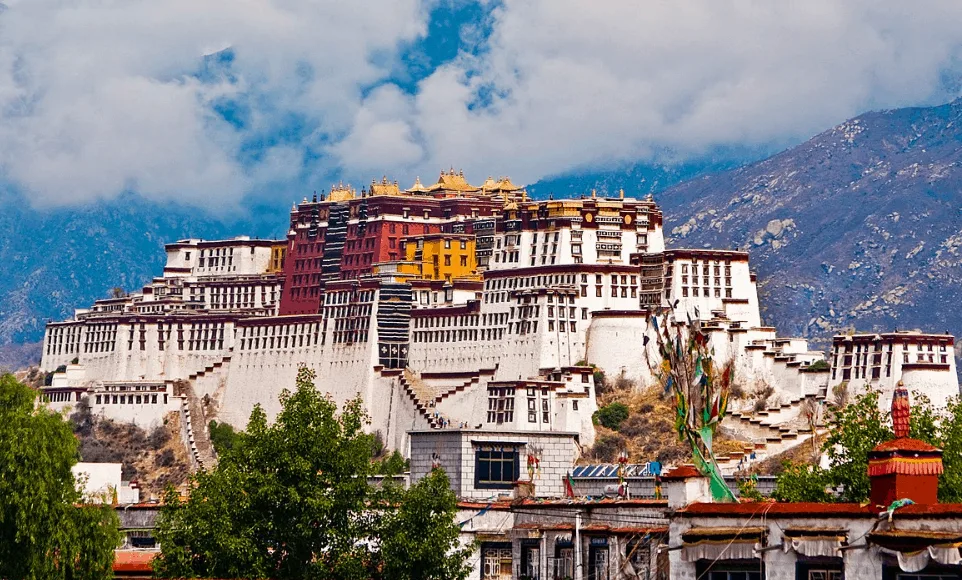
12. There is both a predecessor and a model based on the Potala Palace
Is Potala Palace a unique building?
Unfortunately not, because there’s actually a similar palace in India named “Leh Palace” which was constructed around the turn of the 16th and 17th centuries.

Another structure named the “Putuo Zongcheng Temple” which is located in the Hebei Province in China, and built between 1767 and 1771, was partially modeled after the Potala Palace as well. The temple looks strikingly similar, doesn’t it?
